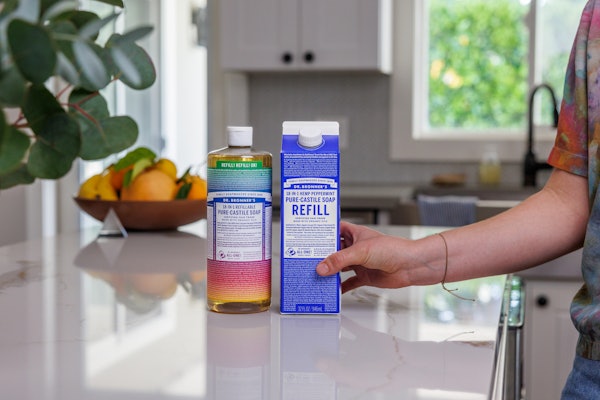Jim Budd thinks so. Budd is with Partner-Pak, a California company that invented Simpl-Seal, a method of sealing plastic clamshells and blisters by means of an adhesive that is activated by ultraviolet light. According to Partner-Pak, this is less energy-intensive and, thus, more sustainable than radio frequency or sonic sealing.
Budd is currently working with a maker of knives sold at retail here in the U.S. Fifteen years ago, this firm shipped its manufacturing operations to China because they figured they could save 35% on the cost of manufacturing. While that number today is closer to 5% or 10%, the firm has no current plans to move its manufacturing operations back to the U.S. But packaging is another story.
“They started asking themselves about all the air they were shipping back to the U.S. when the packaging was done in China,” says Budd. “They also began to realize how much they were losing in terms of marketplace responsiveness. So they’re implementing a plan whereby the knives will be shipped from China in bulk and packaged in the U.S. on automated equipment.”
This new approach to packaging will increase the knife maker’s manufacturing costs by 5%. But there’s much to be gained from a supply chain perspective.
“Certain quality-control issues can be more readily addressed,” says Budd. “They also gain greater control over messaging they may choose to incorporate on or in the packages that show up on store shelves. And volume is now in their own hands. They can package product to order instead of warehousing it in huge numbers.”
The firm is implementing its new approach in phases. Already installed in the U.S. are the UV-activated sealing machines that seal plastic thermoforms around the knives. Eventually the firm will get to the point where placement of knives will also be automated, most likely with a robotic solution.
Budd sees a number of manufacturers showing considerable interest in some form of retreat from China. “These are huge organizations doing millions of sealed units annually,” he adds. If anything is keeping them from making the transition more quickly, it’s good old-fashioned reluctance to change.
“Put yourself in the position of the production managers who have to make these decisions,” says Budd. “Their bonus comes from a well-established chain of manufacturing and shipping events that includes packaging in China. By recommending a change, those managers introduce an element of risk where their bonus is concerned. They need to get past that fear of risk. I think they will. I think this trend will pick up steam.”
I think Budd’s right. The shift won’t take place overnight. Moreover, advances in industrial automation throughout China—IMS Research predicts that industrial Ethernet component revenues from the Chinese market will grow at an average of 28% annually for the next four years—will bring efficiencies that will help the Chinese combat this trend. But in the medium to long term, packaging consumer goods products in China when they are to be sold in the U.S. is starting to make less sense. The ability to respond quickly to marketplace needs will continue to pressure manufacturers into reeling back in this particular part of their production process.























